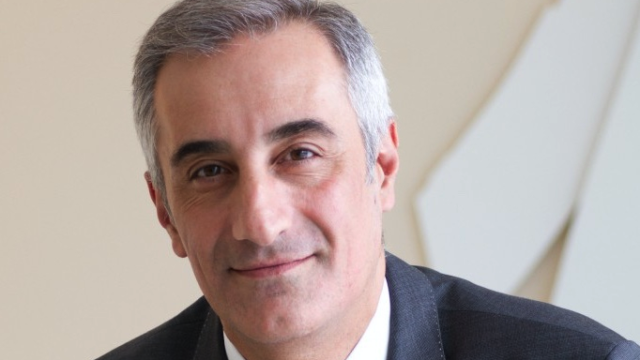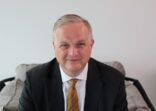A number of thematic funds have been launched in Asia and although investors like a good story, generally they have approached the products with caution.
Wealth managers, including Oreana Financial Services, UOB Private Bank and DBS Private Bank, were lukewarm to thematic funds and turned away from those that are too narrowly-focused instead of broadly-themed.
The risk of having a narrowly-defined investable universe is that the companies in a portfolio will only be exposed to one end-market, according to Karen Kharmandarian, chairman and chief investment officer at Paris-based Thematics Asset Management.
Kharmandarian claims that some clients have made reverse inquiries for “sexy and attractive ideas”, such as the space industry, including companies engaged in mining resources from asteroids or space tourism.
“But when you look at the investable universe, it will be very narrow even if you find at least 25 companies,” he told FSA during a recent visit in Hong Kong.
“When managing thematic products, you should at least hold companies that are exposed to different verticals, which also prevents the portfolio from being too cyclical.
“It is great if [a sexy] end-market becomes a tailwind. But what do you do when you have a headwind in this market? It is impossible to protect your performance.”
Broader, but not too broad
Thematics AM, which is an affiliate of Natixis Investment Managers, was launched earlier this year by ex-Pictet Asset Management fund managers who were also managing thematic products.
The firm has debuted three strategies similar to those of their former employer. For example, Kharmandarian, who is also the co-manager of the firm’s AI and Robotics Fund, previously co-managed Pictet AM’s Robotics strategy.
What is different with Thematics AM is that they are not applying Pictet’s “purity concept”, which screens out companies according to the percentage of revenue derived from the theme.
Instead, the firm looks at the “materiality” of a business toward a specific theme, which means finding companies the manager believes will be leaders in a specific industry. The approach broadens the investable universe, said Kharmandarian.
For example, the AI and Robotics Fund is invested in a Scandinavian manufacturer that only has 10% of revenues exposed to the robotics segment, as opposed to the 20% purity minimum at Pictet AM, Kharmandarian said.
“Even though it is only 10% of revenues, this portion of their business is growing over time. If I have to wait for that to go up to 20%, then I won’t be able to enjoy the upside that the stock can offer now.”
The investable universe of the fund includes around 300 stocks, which Kharmandarian believes is not narrow but also not too broad. From that universe, the fund holds 40-50 names.
The universe broad but not too broad, he said. “It is not like those thematic strategies that are just adding a thematic flavour, such as ‘disruptive’ or ‘innovation’ funds.
“These words have been used too much and they have lost their meaning. And I would argue that they might end up with around 2,000 companies in their investable universe, which really does not provide you with a thematic alpha.”
The firm also manages a Security Fund, a Water Fund and a Meta Fund, which combines all themes together.
The AI and Robotics Fund has already been registered for retail sale in Singapore. In Hong Kong, all products are only available to professional investors.
Passive thematics
Kharmandarian acknowledged the benefits of investing in thematic ETFs, including easier access in gaining tactical exposures at lower costs. However, the risk profile varies.
“There are some thematic products that are exposed to the broader technology sector. This will give you exposure to all kinds of companies – the attractive ones and also the unattractive ones. The problem is that when the less attractive companies underperform, they can underperform big time. And when a new technology comes up, the underlying index of the ETF may not capture that right away.”
Moreover, some new thematic ETFs track newly-created indices, which usually have a few constituents in them.
“So some ETFs will be concentrated with just around 15 stocks and the investor should be aware of that,” he said.
Thematics AI and Robotics Fund versus benchmark and sector in Singapore*


















